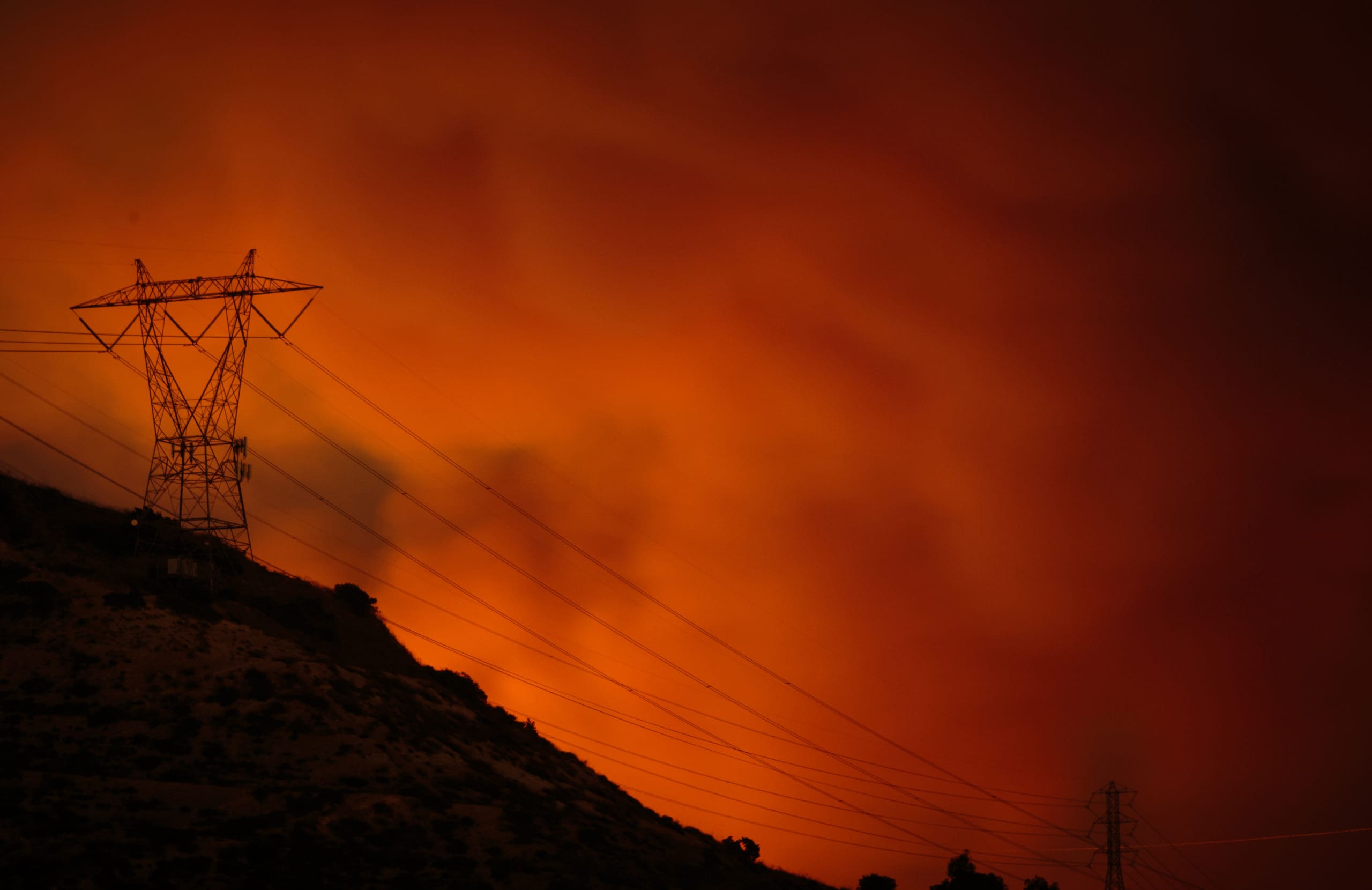
Since the 1970s, incidents of wildfires have been on a sharp rise in the western U.S., with longer wildfire durations and longer wildfire seasons. Nobody can forget the news out of California last year. Utility companies had to preemptively shut off the power supply for days to arrest the advance of the mass fires.
Weather is the main catalyst during events of uncontrolled forest fires. Utility companies, though, sometimes suffer damages to their transmission and distribution lines. This is particularly true in wilderness areas where high winds can blow falling trees and branches into power lines. Snapping wooden distribution poles may spark flames that can quickly catch and spread over dry grassland.
Underground Distribution Lines
During wildfire season, utility companies have historically had to reckon with public opinion on this matter. People call for buried lines instead of overhead installations for the safety they afford from natural disasters. However, utility companies moving their lines underground is no easy task.
For example, according to a news report, new underground distribution lines across most of PG&E’s territory cost about $1.16 million per mile – more than twice the price of a new overhead line. The utility company operates more than 134,000 miles of overhead power lines in Northern and Central California, and it would cost well over $100 billion to underground PG&E’s entire territory. Utility companies’ customers would have to help pay the large bill for such an endeavor. Add to this the environmental ramifications of large-scale digging.
For these very reasons, utility companies are constantly looking at new technology. They aim to both improve safety and upgrade the electric supply system as a whole. Critical among them is reinforced cabling, which has come a long way in the past few years, to mitigate fire threats during wildfire seasons.
Reinforced Flame Retardant Cabling
Flame retardant cables, standard IEC 60332-3, do not continue operation in the event of a fire. Rather, they restrain combustion, slow its spread, and don’t melt or drip when exposed to high heat. They are, therefore, an efficient defense against fire. They are applicable in all circuits and visibly differentiated by a grey or black outer sheath. However, they have a limited scope when compared to fire resistant reinforced cabling technology.
Reinforced Fire Resistant Cabling
Fire resistant (FR) cables, used in critical electrical circuits, have an edge over the fire retardant ones. These cables continue to function in the presence of fire for a stipulated period of time under certain conditions. The insulation layer of FR cables, standard IEC 60331, is able to withstand high degrees of heat. This ability maintains the electrical circuit without shorting. It can also withstand both mechanical impacts and water sprinkler/water jets used to fight fire. Many of these red-sheathed cables have the additional attribute of being fire resistant as well. Typically, they don’t need additional ducting or external protection, which means they take up less space, are lighter than conventional solutions, and are therefore easier to install and maintain.
Bear Valley Electric Service (BVES) in Bear Lake, CA, has become the first investor-owned utility company in the country to implement use of fire resistant cabling to help mitigate the threat of spreading forest fires without interrupting service.
“As regulators make stronger demands on utilities to protect California from wildfires, we have a responsibility and an obligation to introduce innovative products such as FR cable that reduce fire risk,” said James Cameron, vice president, Utility and Broadband, WESCO Distribution, Inc. in an interview with T&D World. “We supply BVES with these innovative materials so that they can ensure system reliability and safety.”
Other Precautions
States in fire-prone regions are taking an all-hands-on-deck approach to prepare for 2020’s forest fire season. Utilities are a key part of this drive. In addition to reinforced cabling, tree trimming projects are underway, as are operational improvements and upgrades of safety equipment, like metal poles, covered conductor wires, and meteorological monitoring systems. If forced to shut off power, it would only be due to extreme, unavoidable circumstances.
“Risk of wildfire is our biggest threat in Southern California and is especially dangerous here in the Bear Valley mountains, where we’re surrounded by nature, brush, and wildlife,” says Eric Cardella, engineering and planning supervisor at BVES. “It’s important to us that we take the measures necessary to protect lives and our land, especially as drought and dryness are expected to continue as a norm across California for years to come.”

